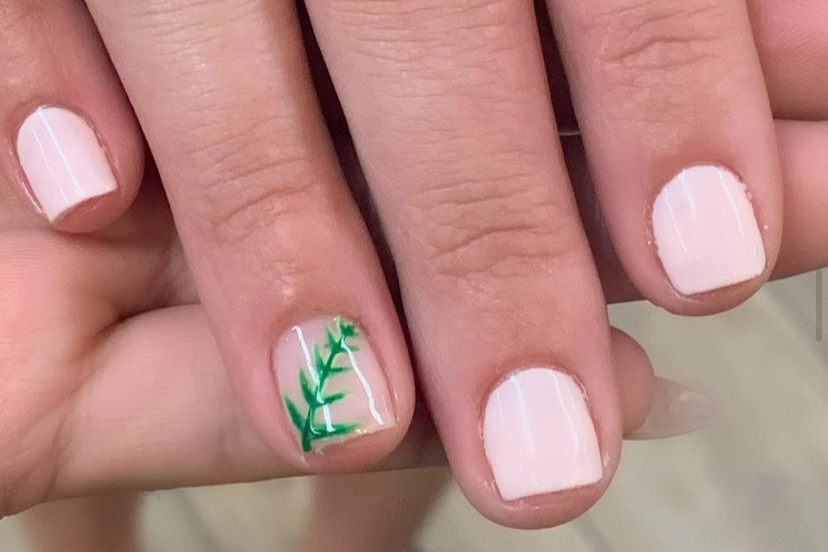Why Dry Cuticles Cause Brittle Nails
Discover why dry cuticles lead to brittle, breaking nails. Learn the science behind nail health and how to strengthen weak nails naturally.
Nail Cuticles Groomed With Cuticle Oil Applied
The Cuticle-Nail Connection Explained
If you're struggling with brittle, breaking nails, the culprit might be closer than you think. Dry, neglected cuticles are often the root cause of weak nails that chip, split, and break easily. Understanding this connection is the first step toward achieving the strong, healthy nails you've always wanted.
What Are Cuticles? Your cuticles are the thin layer of skin that seals the area between your nail plate and the skin of your finger. They act as a protective barrier, preventing bacteria and debris from entering the nail matrix where new nail cells are formed.
How Dry Cuticles Affect Nail Health When cuticles become dry and damaged, they can't properly protect the nail matrix. This leads to several problems that directly impact nail strength and flexibility. Dry cuticles often crack and peel, creating openings for bacteria and causing inflammation that disrupts healthy nail growth.
The Science Behind Brittle Nails
Moisture and Nail Flexibility Healthy nails contain about 18% water content. When cuticles are dry, they can't effectively seal in moisture, leading to dehydrated nail plates. Dehydrated nails become rigid and brittle, making them prone to breaking under normal daily stress.
Protein Disruption Nails are made primarily of keratin, a protein that requires proper hydration to maintain its structure. When the cuticle barrier is compromised, the nail plate loses essential moisture and oils, causing the keratin fibers to become weak and fragmented.
Blood Flow and Nutrition Dry, tight cuticles can restrict blood flow to the nail matrix. This reduces the delivery of essential nutrients needed for strong nail growth, resulting in thin, weak nails that break easily.
Signs Your Cuticles Are Causing Nail Problems
Nails that bend easily but snap when bent further
Horizontal ridges or lines across the nail
Nails that peel in layers
Frequent hangnails and torn cuticles
Slow nail growth
Nails that break below the fingertip
How to Repair the Damage
Daily Cuticle Care Apply cuticle oil daily, focusing on massaging it into the cuticle area and nail bed. This restores moisture and improves circulation. Look for oils containing vitamin E, jojoba, or sweet almond oil for best results.
Gentle Maintenance Never cut your cuticles - instead, gently push them back after a shower when they're soft. Use a cuticle pusher or orange stick, working slowly to avoid tearing the delicate skin.
Hydrating Treatments Apply a thick hand cream before bed, paying special attention to the cuticle area. For intensive treatment, use a cuticle repair balm containing ingredients like lanolin or ceramides.
Prevention Strategies
Wear gloves when cleaning or doing dishes
Use a humidifier in dry environments
Avoid harsh chemicals and acetone-based products
Stay hydrated by drinking plenty of water
Take biotin supplements (consult your doctor first)
When to See a Professional
If your nails remain brittle despite consistent cuticle care, consult a dermatologist or licensed nail technician. Persistent nail problems can indicate underlying health issues or nutritional deficiencies that require professional attention.
Conclusion
Healthy cuticles are the foundation of strong, beautiful nails. By understanding the connection between cuticle health and nail strength, you can take targeted action to improve your nail condition. Remember, consistency is key - daily cuticle care will gradually restore your nails' natural strength and flexibility.


